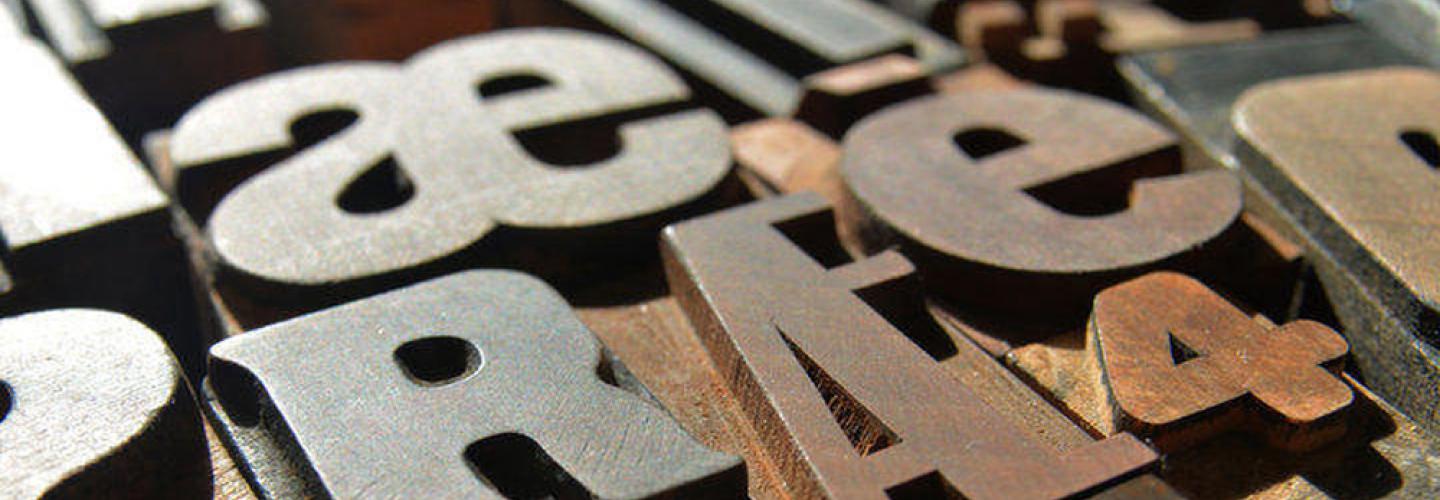
Source: ESDESIGN
In ancient times, a number of fonts existed and were designed for the purpose of creating new inventions. With the advancement of new technologies, many of these fonts have evolved, as have the designs. For this reason, today we can find numerous fonts, of all possible styles and designs.
It is not to be expected that design has also evolved in the same way that fonts do, since both elements go hand in hand. In this post, We have come to talk to you about old typefaces, how these typefaces are part of what we know today, their uses and their most general and outstanding characteristics.
Feel like?
Old typefaces: what are they?
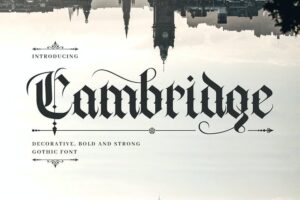
Source: Envato
The old typefaces are defined, as their word indicates, for being sources that have a certain antiquity with respect to those we know. They are very special fonts in terms of their design, since they have a lot of history behind them and it is very important to know it to understand how they are designed and what they are used for.
On some occasions, if we introduce them in the field of design, we can add that they are fonts that have been used a lot in marketing or communication, since they are quite expressive and legible. In this way, it is also important to add that, despite the fact that they have a certain age, for the human being, it is very important to keep in mind the past and never better said, since in this way we can achieve greater visual attraction than we are seeing. For example, these types of fonts are very suitable if we apply them to medieval shops, or stores where products are sold that have some ambiguity, etc.
For this reason, we should never discredit any font, just like the famous saying «do not judge a book by its cover», the same happens with this type of fonts and their designs that may seem old-fashioned to us but many do not understand that everything that we know today part of those same roots.
Features and Uses
- They are sources that, although at first glance they do not seem so, are usually very represented in our present. U very characteristic example are brands. Some brands tend to use this type of old fonts because they offer a character and a tone that is functional to the naked eye. Little do they know is that we are surrounded and surrounded by this type of fonts everywhere, whether in shops or in large stores.
- For decades, its most frequent use has always been the running text or big headlines. Although it is true that now, most of the running texts that we find in books, start from Roman or sans serif fonts. But It should be noted that, currently, we usually find them in large labels, since they are considered quite striking fonts.
- Last but not least, these types of fonts are found with large licenses on some internet web pages, so it is not difficult to find them, since we have thousands and thousands of pages where you can download them.
Examples of old typefaces
art greco
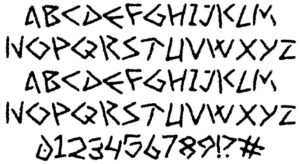
Source: FontRiver
Art Greco typefaces are those fonts that come from ancient Greece. Currently, many brands have decided to use them for their brands, without going any further, the famous brand of yogurts Danone, applied this type of design in one of its products, where it refers to the classic Greek yogurt.
It is a design that is widely used in sectors such as gastronomy, since it evokes and transports us to the ancient Greek shops in the squares. Without a doubt, a marvel of design that makes us travel back in time.
Roman fountains

Source: Nétor Charts
Another prominent example is Roman typefaces. Roman typefaces are those fonts that were designed by carving stones. In fact, they are currently the most used and are considered serif fonts. Their design is very classic but they are usually quite legible. Hence, they are found mostly in running texts and in books.
Some of them only include capital letters, since only high case letters used to be carved. As far as this type of design is concerned, it is that the numbers usually include it in Roman numerals. Without a doubt, a fountain that leaves nothing to be desired.
List of roman typefaces
- Times New Roman
- minions pro
- Bembo
- Didot
- bodoni
- Baskerbille
- Garamond
Medieval and Renaissance typefaces
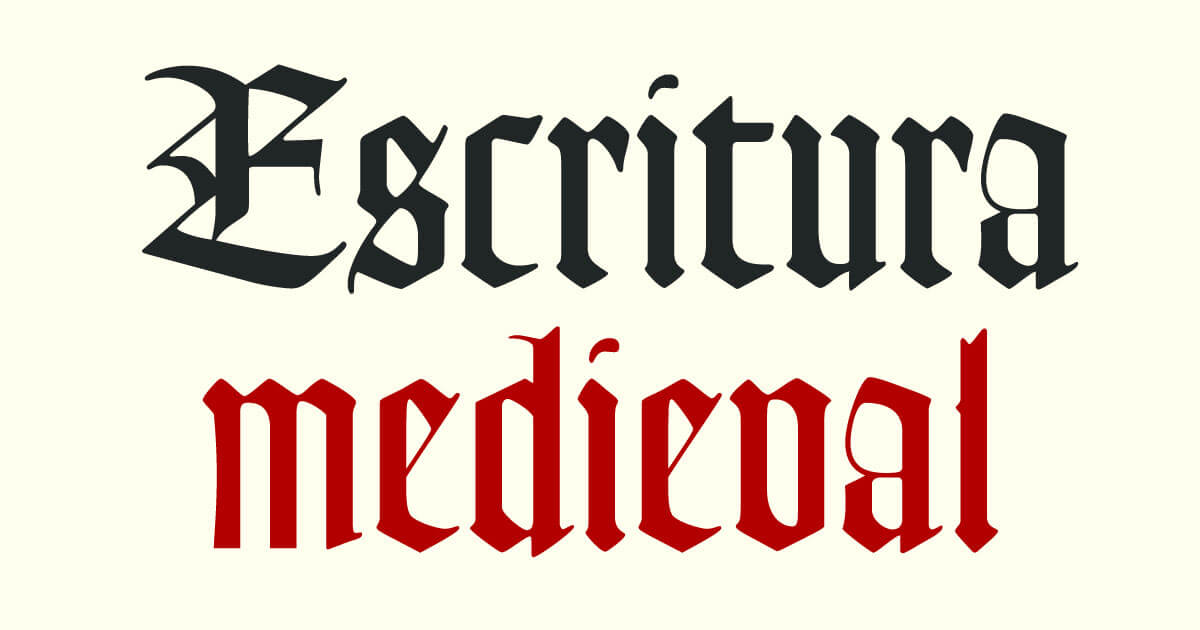
Source: Types with character
With the arrival of religions such as Christianity, Roman culture suffered a harsh decline. So new designs and fonts were invented and created, adapting to the circumstances of the time. Typefaces became much rounder fonts. Years later, what we know as Gothic letters emerged, which turned out to be very common in medieval times. Many of these fonts included only lowercase letters, very few were designed in uppercase unlike the roman letters we have seen above. Without a doubt, a very historical time.
XNUMXth and XNUMXth century fountains
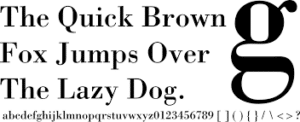
Source: Wikipedia
The sources continued to be created in centuries where classicism was maintained and lasted for years. We also know fonts such as the famous cursive letter, which during these centuries became the official font.
Years later, after the invention of printing. Bodoni and his main competitor, Didot, created different serif fonts. Currently these fonts are still valid. In fact, Adobe continues to keep them in its font package and they have already gone down in history as one of the most used fonts. Undoubtedly, the past remains in the present.
XNUMXth century sources
The XNUMXth century was full of great novelties and technological advances, so much so that an endless number of new, very outstanding typefaces were designed. This century was made up of the use of Gothic and cursive letters, which coexisted with new generations such as typefaces made with lead, for their use. In this way they were perfected and detailed so that they were correctly functional in their designs. Undoubtedly, a marvel of fonts that are still in use today and that coexist and will coexist with us, for many more years, without a doubt.
Conclusion
The old typefaces have managed to move us beyond what we know and know today.
We hope you have learned more about this type of sources.